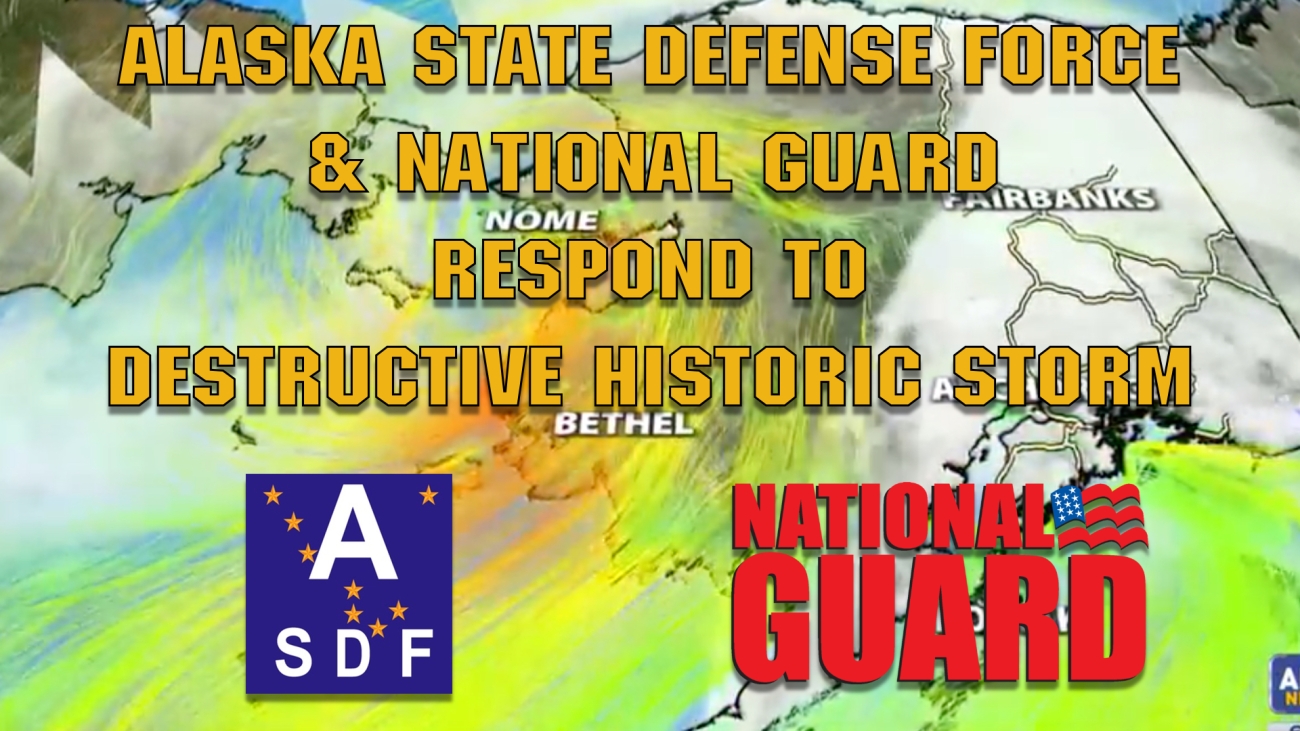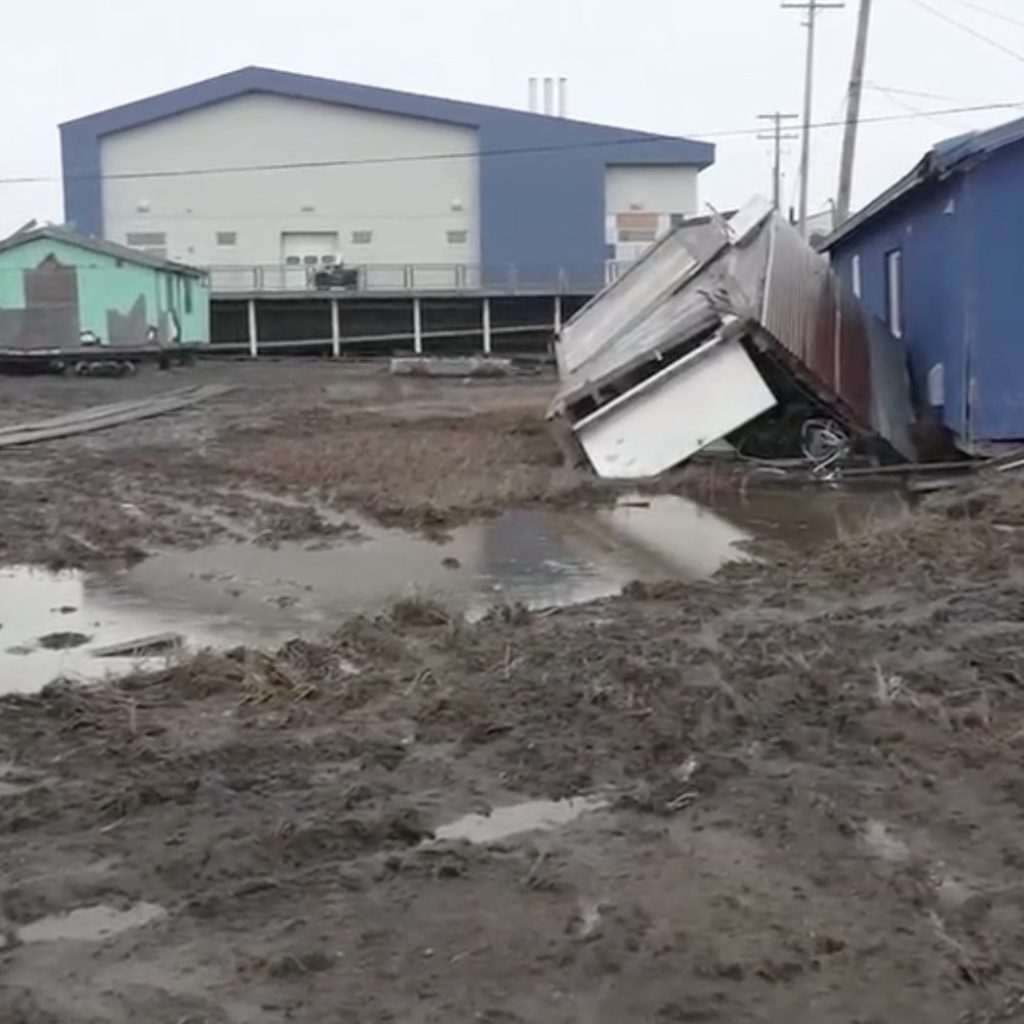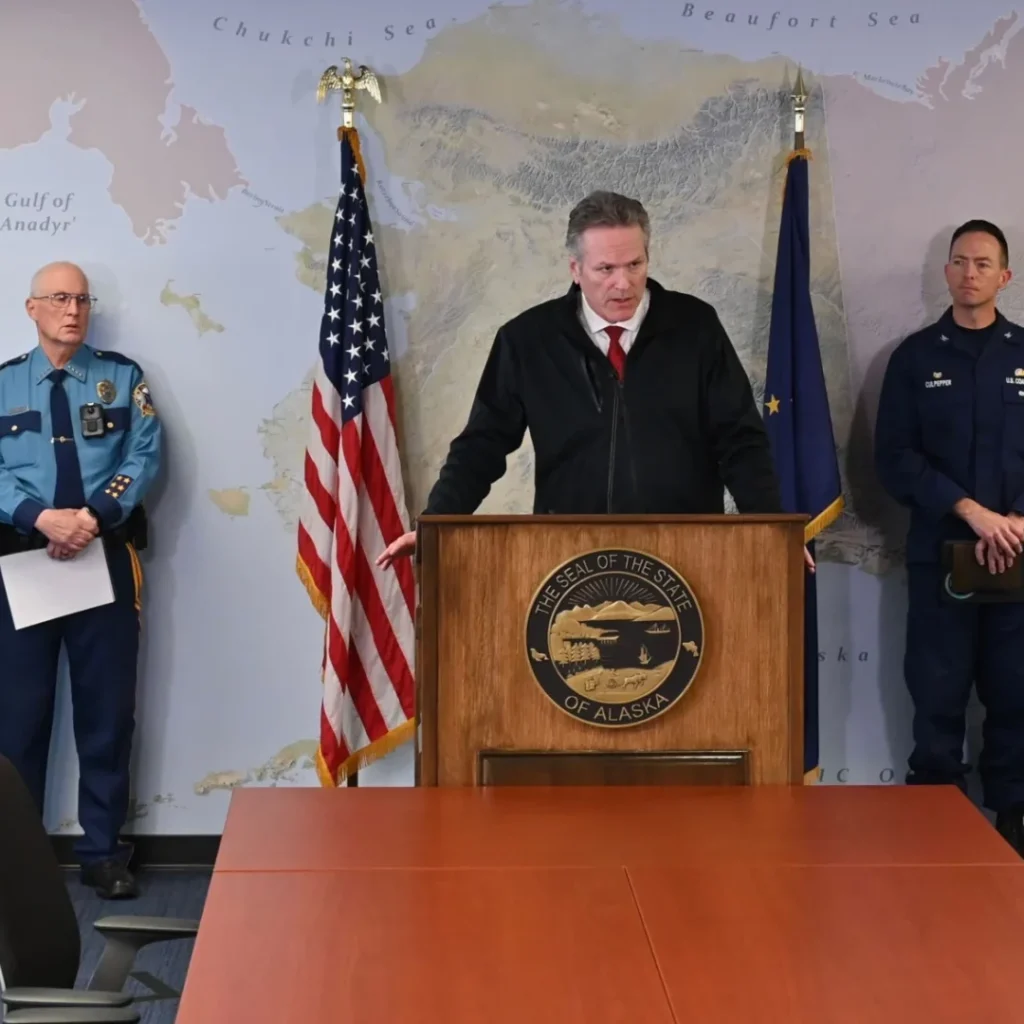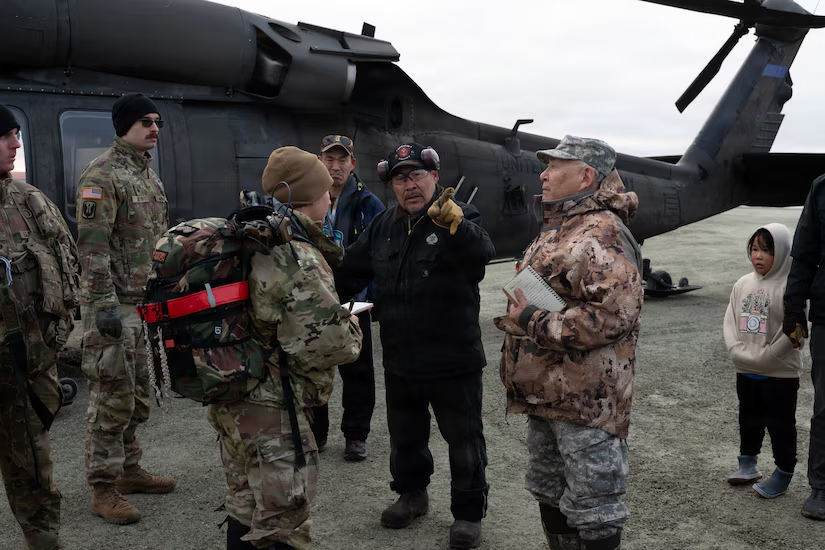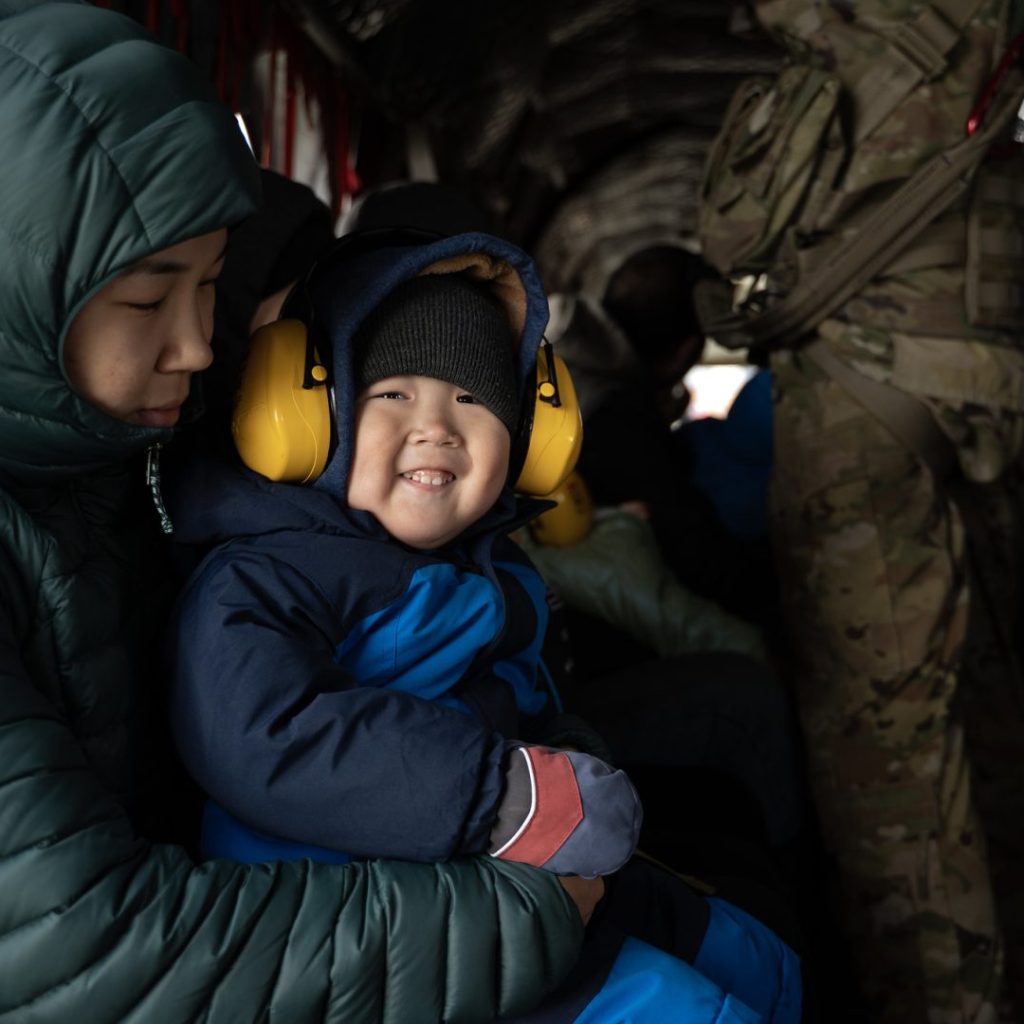As world attention remains fixed on wars, politics, and global unrest, a catastrophe of immense proportions has unfolded quietly in Alaska, where the remnants of Typhoon Halong have brought unprecedented destruction to the state’s western coast. The storm, which made landfall on the nights of October 11 and 12, tore through remote coastal communities in the Yukon–Kuskokwim Delta with hurricane-force winds and record-breaking floods that left entire villages underwater. Officials described scenes of chaos and horror as residents were swept from their homes, clinging to debris in darkness as their communities were swallowed by the sea.
“Several of these villages have been completely devastated, absolutely flooded, several feet deep,” said Coast Guard Capt. Christopher Culpepper. “This took homes off of foundations. This took people into peril, where folks were swimming, floating, trying to find debris to hold onto in the cover of darkness.” The National Weather Service confirmed the storm surge in Kipnuk reached 6.6 feet above the normal highest tide mark—nearly two feet higher than any previous record—and similar surges struck Kwigillingok and neighboring towns. The combination of high winds and historic flooding destroyed dozens of homes, crippled power and sewer systems, and left airstrips cracked and unusable, cutting off access to vital aid.
The human toll has been severe. More than 49 communities reported damage, and over 1,800 Alaskans were forced to flee their homes to shelters spread across the region. At least one person, 67-year-old Ella Mae Kashatok of Kwigillingok, was confirmed dead as search and rescue teams continued looking for the missing in the days following the storm. In many cases, families were evacuated by helicopter from rooftops or pulled from floating structures as the waters rose in the night.
Alaska’s governor, Mike Dunleavy, declared a disaster for the region and later requested a Presidential Disaster Declaration, calling the evacuation and relief operation one of the largest in state history. The President responded “Alaskans, our prayers are with you and your federal government is working closely with [Senator Dan Sullivan] and [Governor Dunleavy] to get you the help you need.” promising sustained support as winter rapidly approaches and construction becomes nearly impossible.
The state’s response has relied heavily on the Alaska Organized Militia, which includes the Alaska National Guard, the Alaska State Defense Force, and the Alaska Naval Militia. Adjutant General Maj. Gen. Torrence Saxe activated every available Guard and State Defense Force member living in Western Alaska—60 to 80 personnel initially—while calling in reinforcements from Fairbanks and Anchorage. “This may end up being the largest off-the-road-system response for the Alaska State Military in about 45 years,” Saxe said.
From the earliest hours, joint air and ground operations became the backbone of the lifesaving effort. The Guard deployed two UH-60 Black Hawks, one HH-60 medevac, and a CH-47 Chinook helicopter, alongside a C-17 Globemaster from the 176th Wing, to ferry evacuees and emergency cargo. In the largest airlifts in Alaska history, 659 displaced Alaskans were relocated from Bethel to Anchorage within two days, with cots, medical care, and intake centers established at large municipal facilities to receive families arriving with little more than the clothes they wore.
As waters receded and immediate rescues gave way to stabilization, the mission shifted from lifesaving to life sustainment. More than 120 members of the Alaska State Military—including troops from The Alaska State Defense Force—remained on State Active Duty to clear debris, assess structural damage, and restore power to critical infrastructure. Fuel and generators were delivered to villages including Tuntutuliak, Kwigillingok, and Kipnuk to keep shelters, clinics, and water systems running. “We have to move forward with compassion, and with the speed this situation demands,” Saxe said. “People want to get back home and rebuild.”
On the ground, the scale of devastation is stark. In Kwigillingok, 37 homes were destroyed and nearly 400 people took refuge at the school. Kipnuk reported even greater losses, with around 680 residents sheltering in the local school and widespread damage to homes, utilities, and the runway—complications that slowed air access just as needs peaked. Across the region, roads and boardwalks that serve as lifelines were damaged, and power outages compounded the crisis as temperatures dropped.
Civilian agencies and nonprofits have surged in alongside the military. The Yukon-Kuskokwim Health Corporation led a coordinated push to deliver food, water, hygiene supplies, baby formula, and medications, while preparing medical evacuations for elders, pregnant women, and patients needing higher-level care. The Salvation Army, Red Cross, Samaritan’s Purse, World Central Kitchen, and local faith-based and tribal organizations mobilized rapidly to meet immediate needs. Transportation officials rushed to reopen airstrips for supply flights and medevacs, and school districts in Anchorage and the Kenai Peninsula readied classrooms and services for evacuated students.
Alaska’s congressional delegation has pressed for swift federal support. Senator Dan Sullivan emphasized that agencies must “act very quickly” before freeze-up forecloses construction and repair. Senator Lisa Murkowski, after surveying the damage, underscored the trauma residents are facing and the need for culturally informed mental-health support. Meanwhile, Anchorage declared a local emergency to expand sheltering capacity, and state emergency managers began planning for longer-term housing options as the extent of uninhabitable homes became clear.
Even amid loss, resilience is evident. Some residents chose to remain to safeguard what they could and begin rebuilding. “If our ancestors survived this, then we can survive it again,” said Kipnuk resident Sheila Carl, reflecting the determination that defines so many rural Alaska communities.
As winter closes in, the path forward will hinge on sustained coordination: federal disaster relief, state logistics, tribal leadership, nonprofit aid, and the continued, hands-on presence of the Alaska State Defense Force and Alaska National Guard. Their combined response—rooted in service to neighbors and strengthened by deep ties to these communities—has brought order to chaos, light to the dark, and hope to families along a coastline battered by a storm the likes of which few can remember.
The State Guard & Defense Force Council, also known as StateDefenseForce.com, sends our heartfelt hopes and condolences to the people of Alaska who are enduring unimaginable hardship during this devastating time. Our deepest sympathies go out to the families who have been separated or have lost loved ones in this disaster. We also extend our profound gratitude to the soldiers and airmen of the Alaska State Defense Force and Alaska National Guard, whose courage, sacrifice, and selfless service have brought aid and hope to countless Alaskans in peril. Their willingness to face danger and hardship so others may live exemplifies the very spirit of the American citizen-soldier. This is why State Defense Forces across the nation train every month and dedicate weeks to their annual training—to be ready, skilled, and steadfast when their communities need them most.
We will continue to monitor the events occurring in Alaska and keep you updated.
Here are some more images:
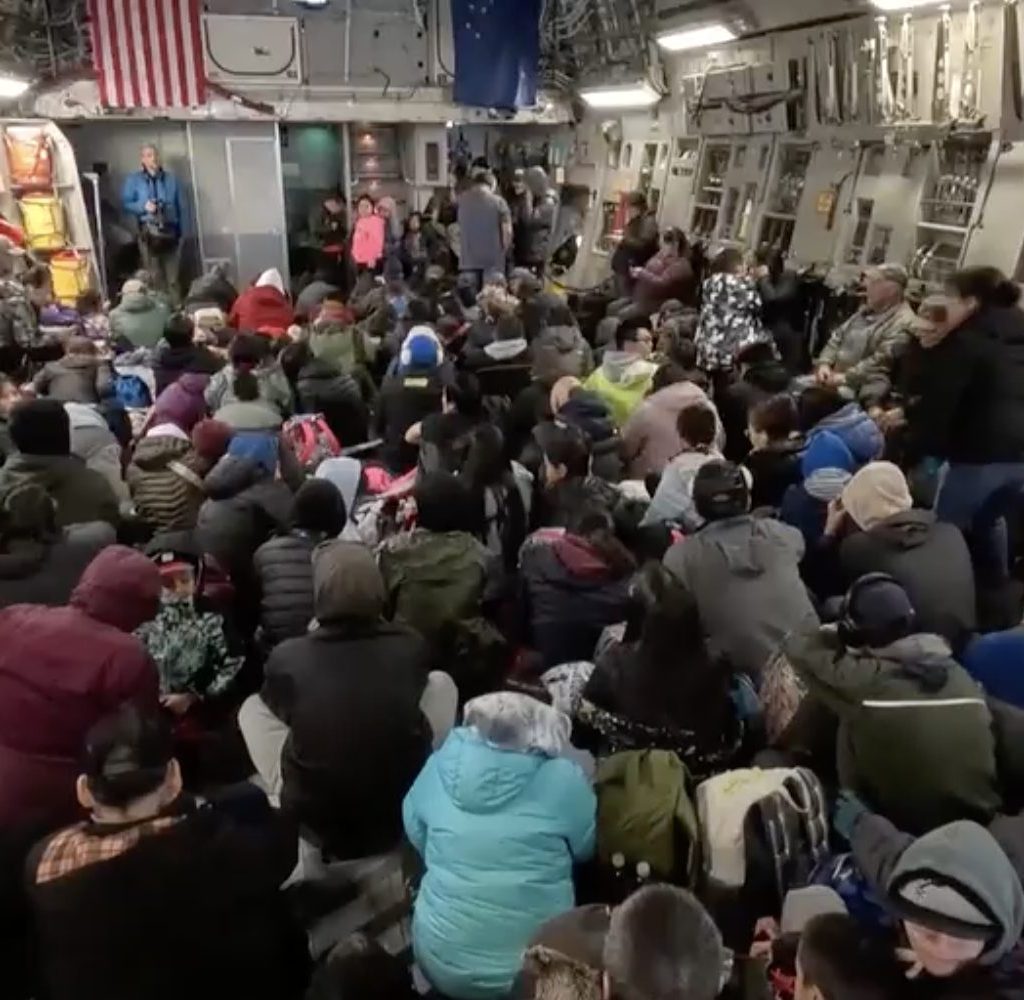
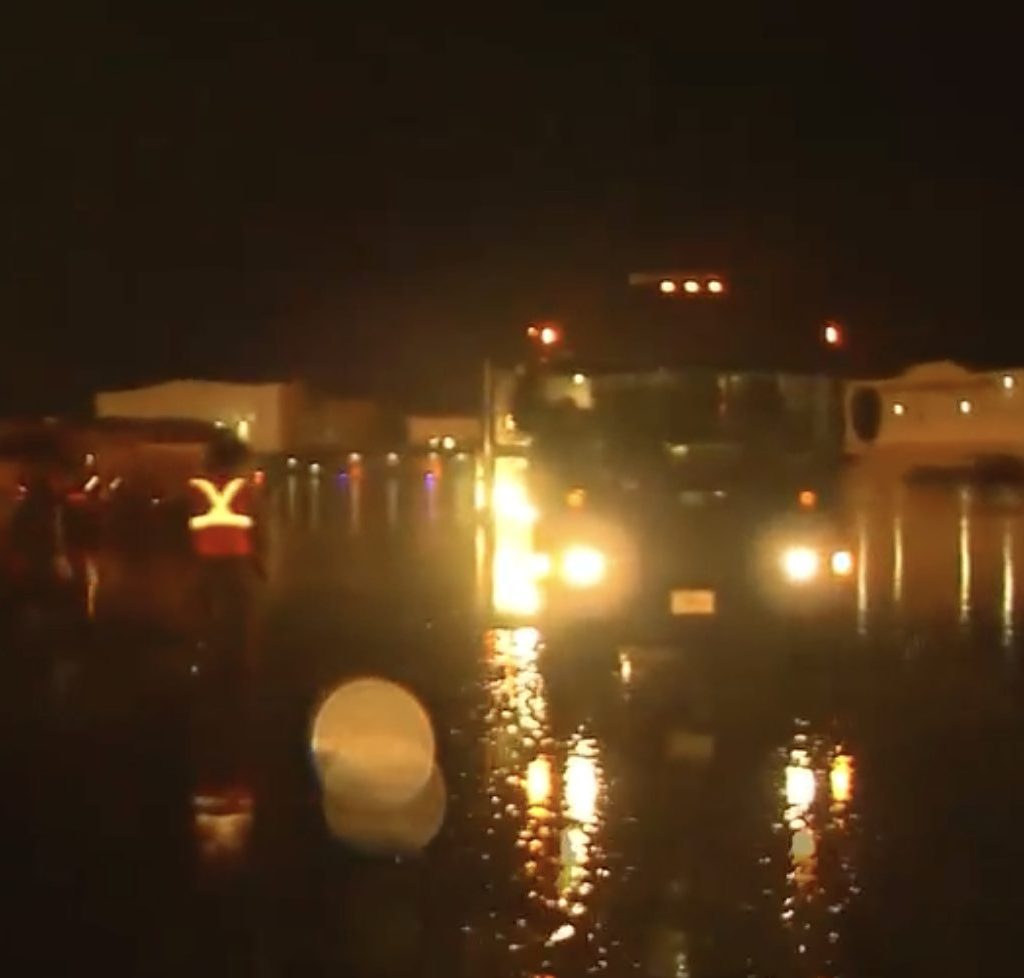
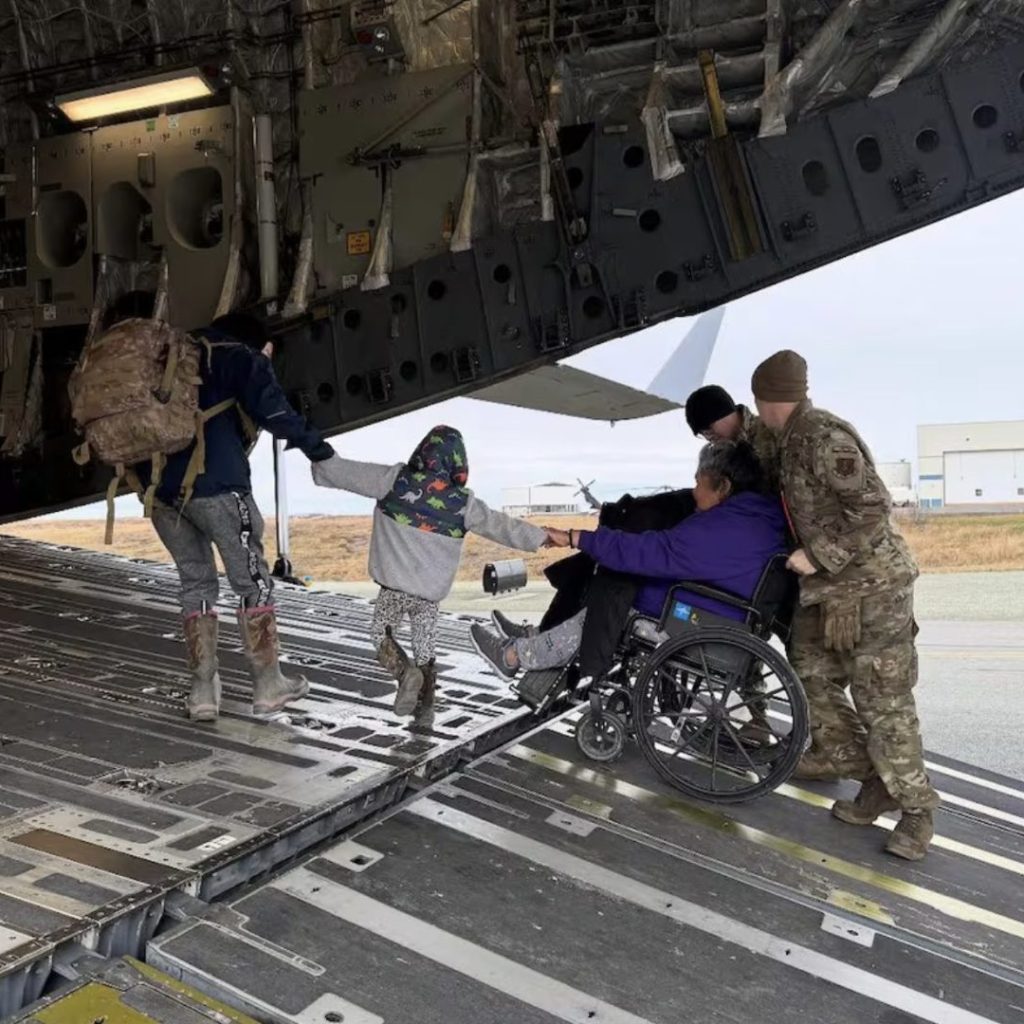
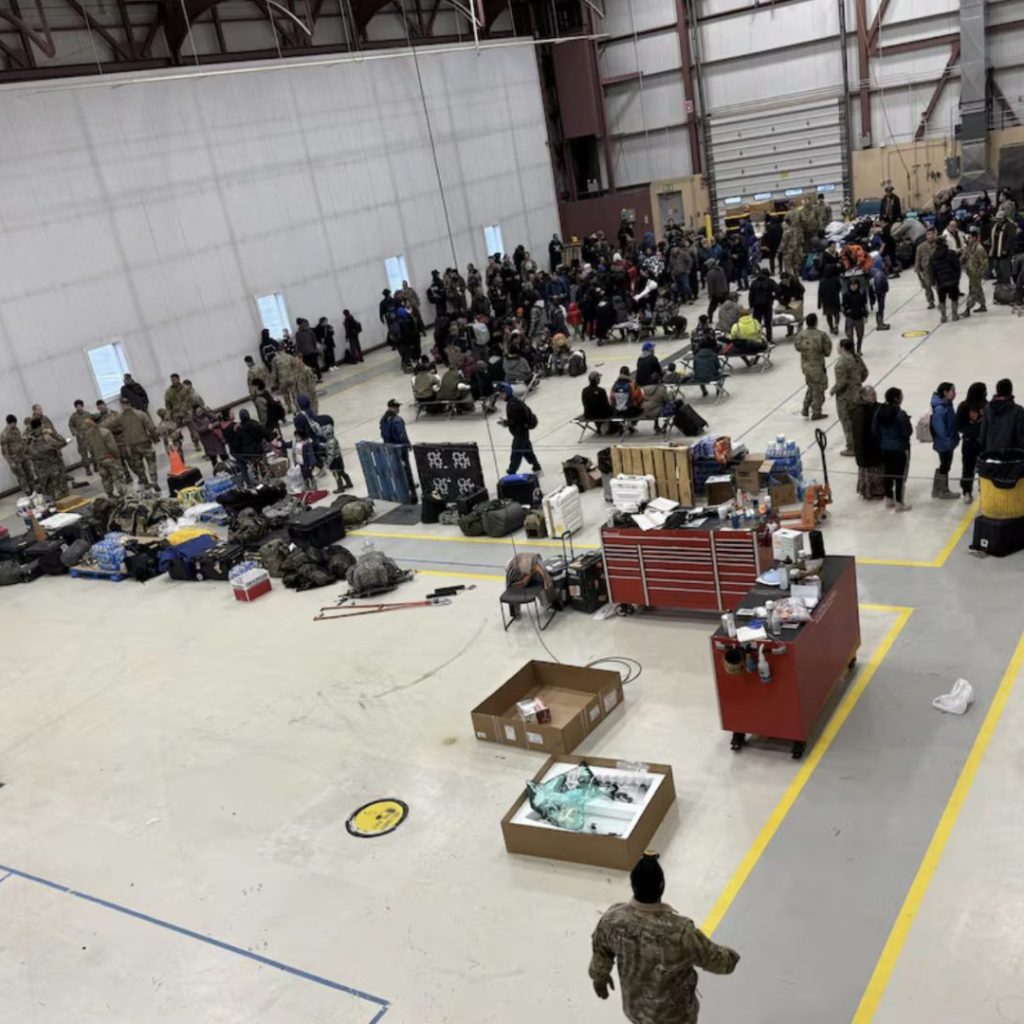
|Leading Your Community|
Repairs are underway! When our communities need us most, the Alaska Army National Guard stands ready. Alongside members of the Alaska Organized Militia, including the Alaska Air National Guard, Alaska State Defense Force, and Alaska Naval Militia, continue their efforts in response to the devastating Typhoon Halong that struck the West Coast of Alaska late last week.
Soldiers continue supporting community members affected by the disaster by mitigating damage to buildings, delivering emergency supplies to shelters, and clearing debris.
Ready to make a difference right here at home?
Live here. Work here. Serve here. Click the link to request more info: https://www.nationalguard.com/alaska
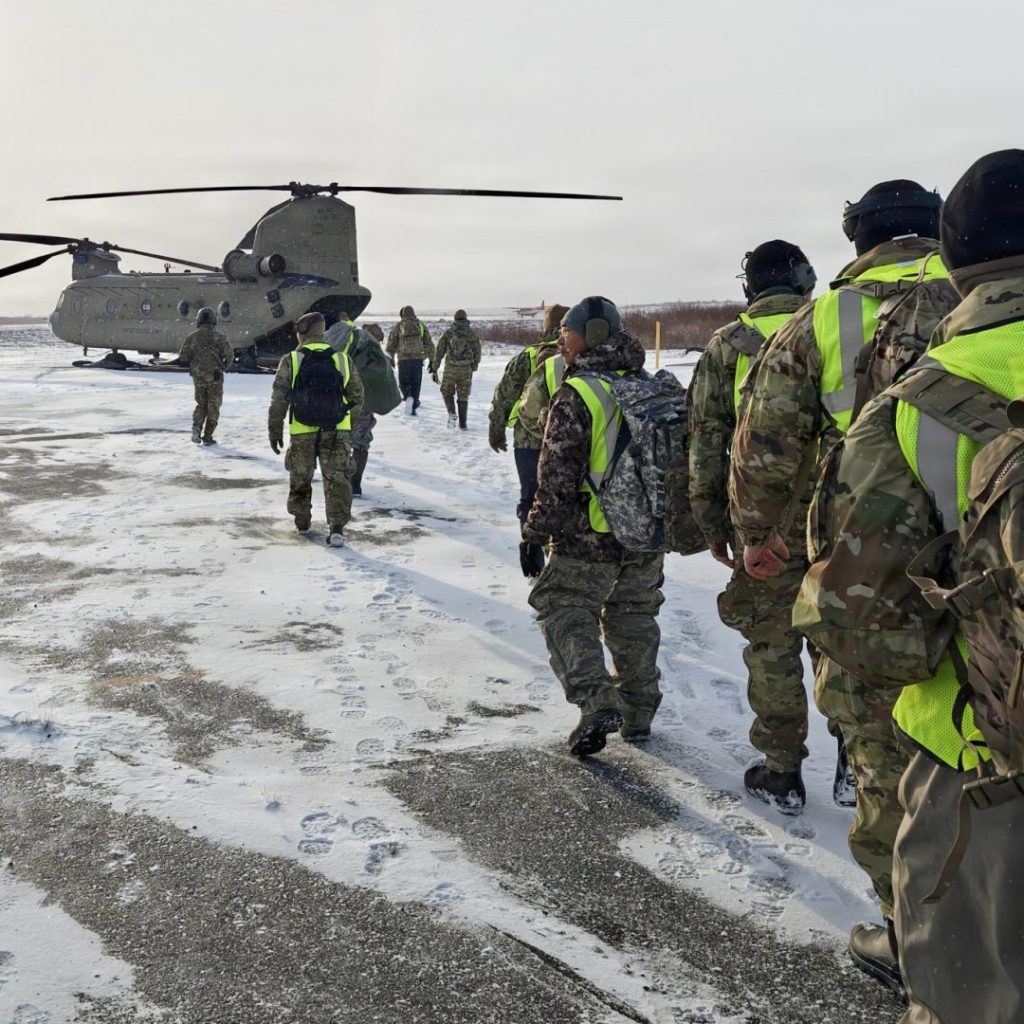
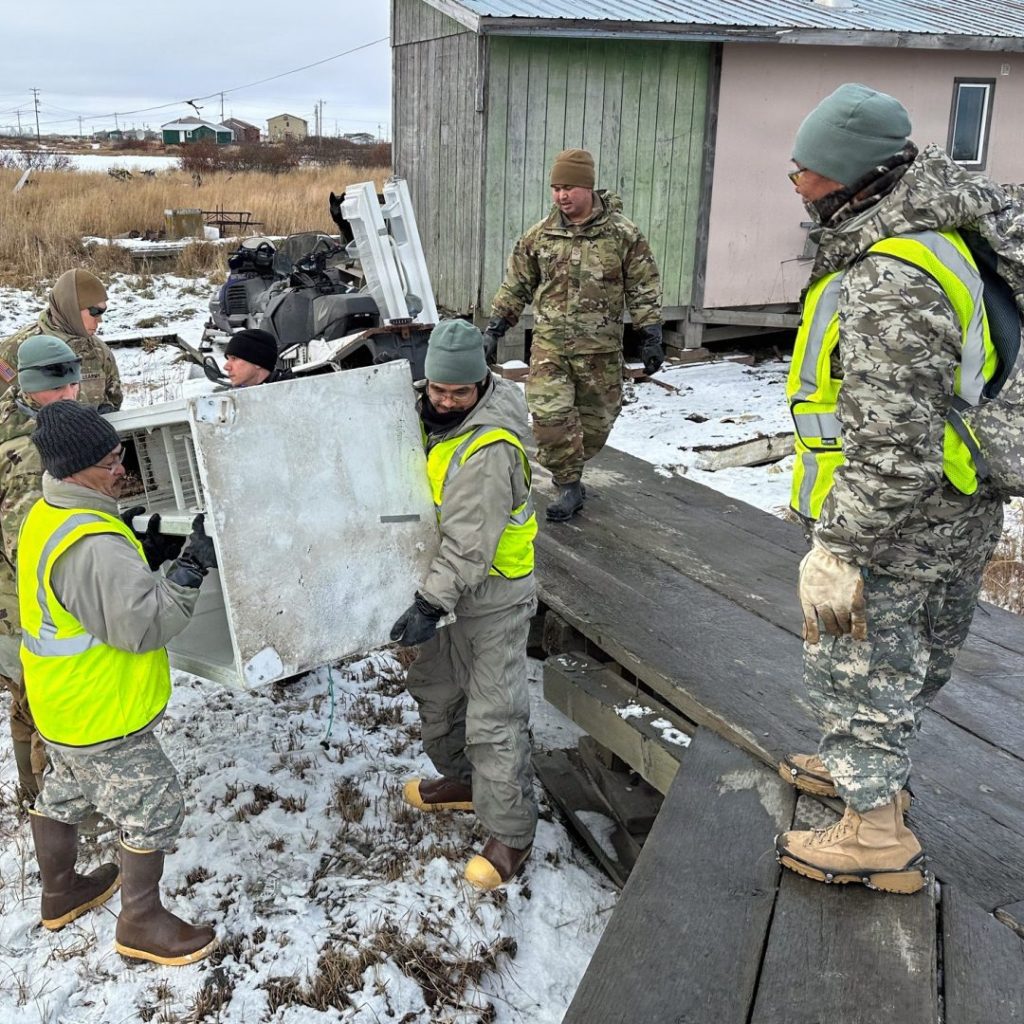
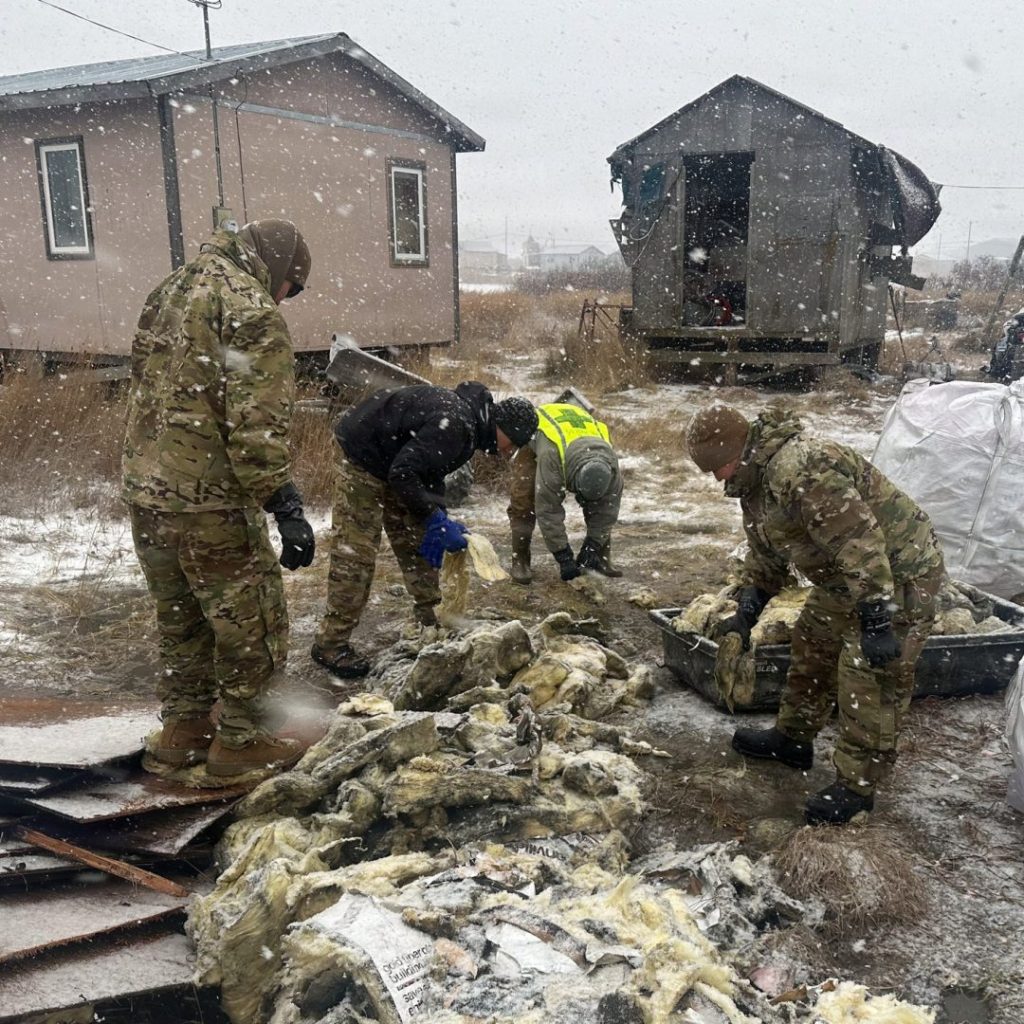
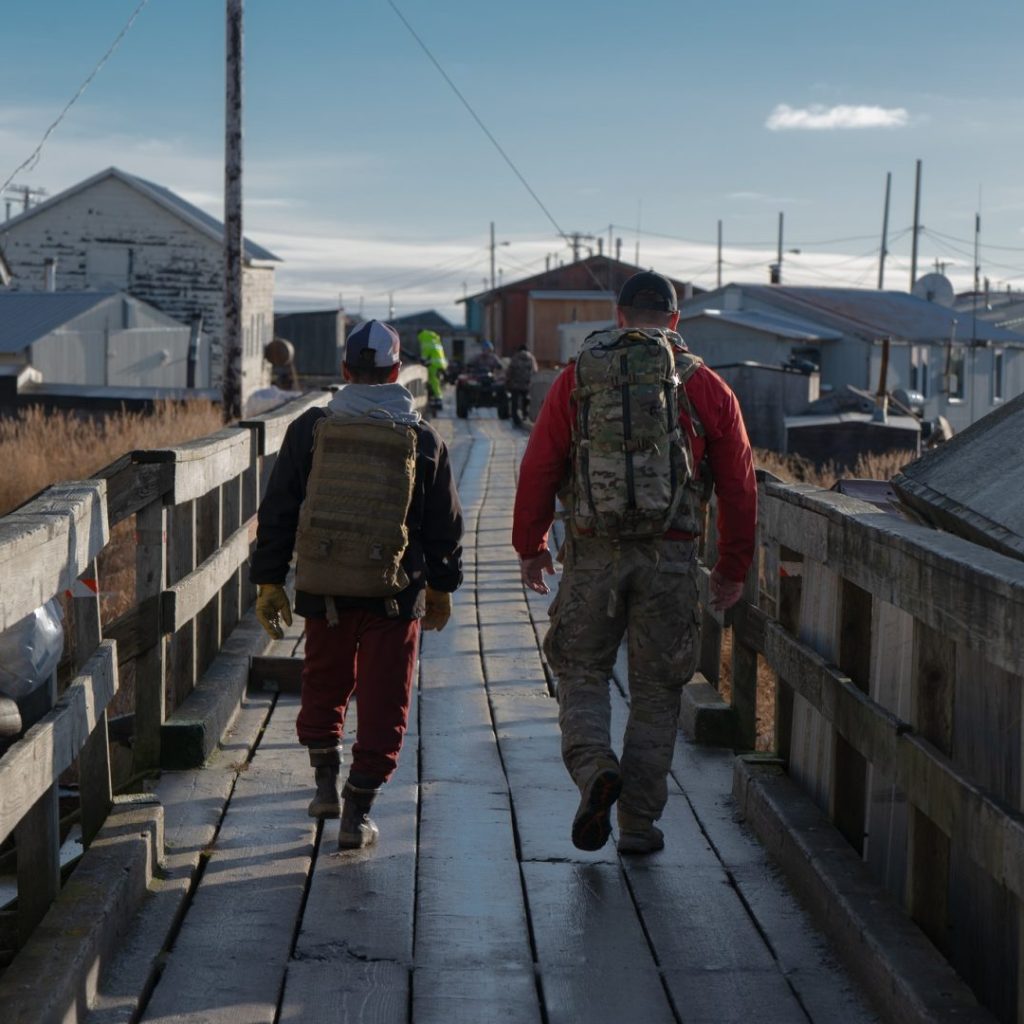
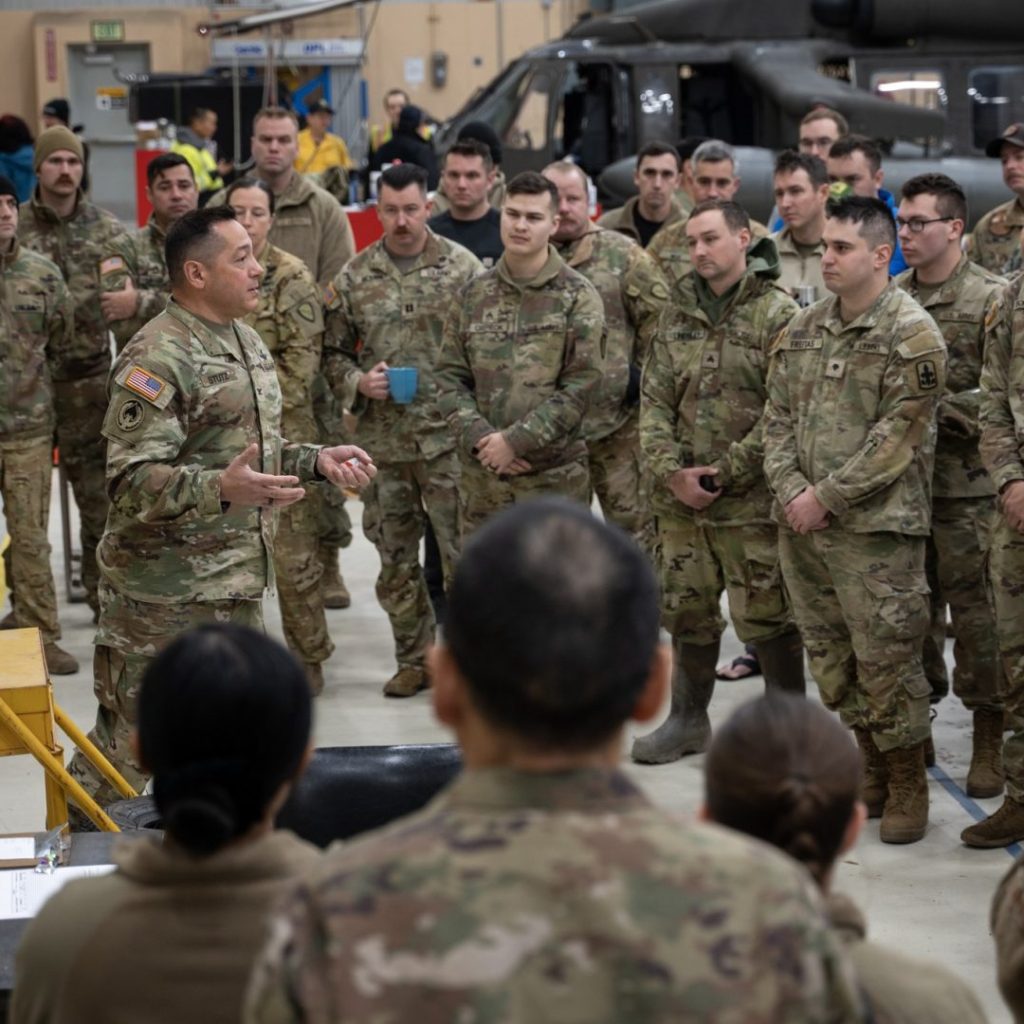
| Task Force Kotzebue UPDATE |
Alaska Organized Militia (AKOM) members are currently removing debris while supporting storm recovery operations in Western Alaska.
The State Emergency Operations Center and AKOM continue to coordinate response operations following the severe storms that struck Alaska’s West Coast last week.
(Alaska National Guard courtesy photos, Task Force Kotzebue)
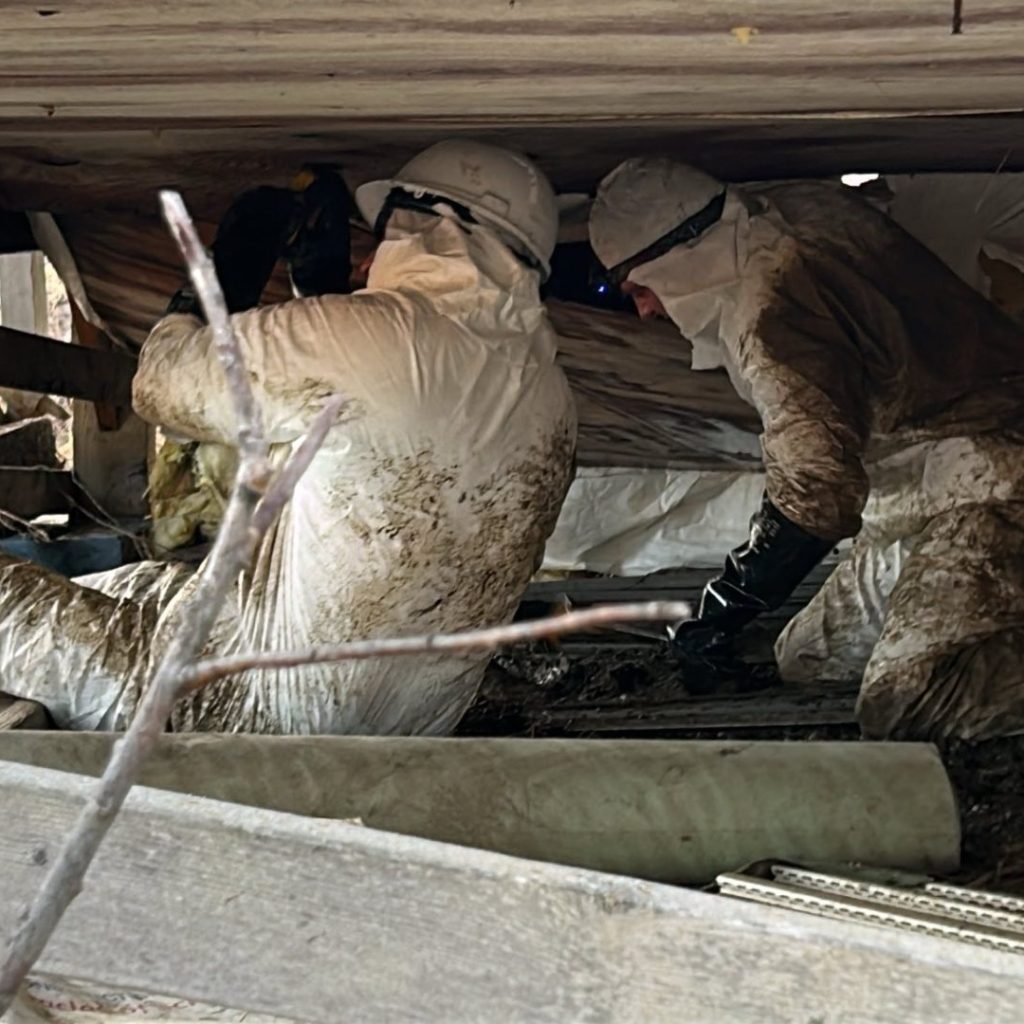
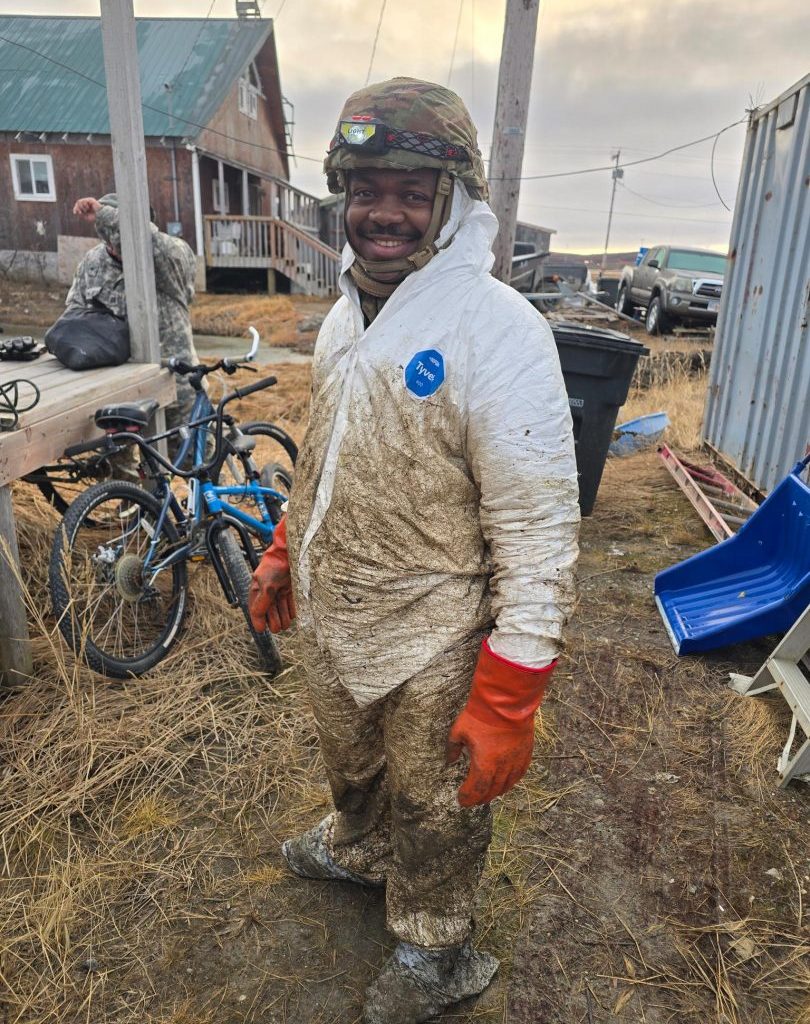
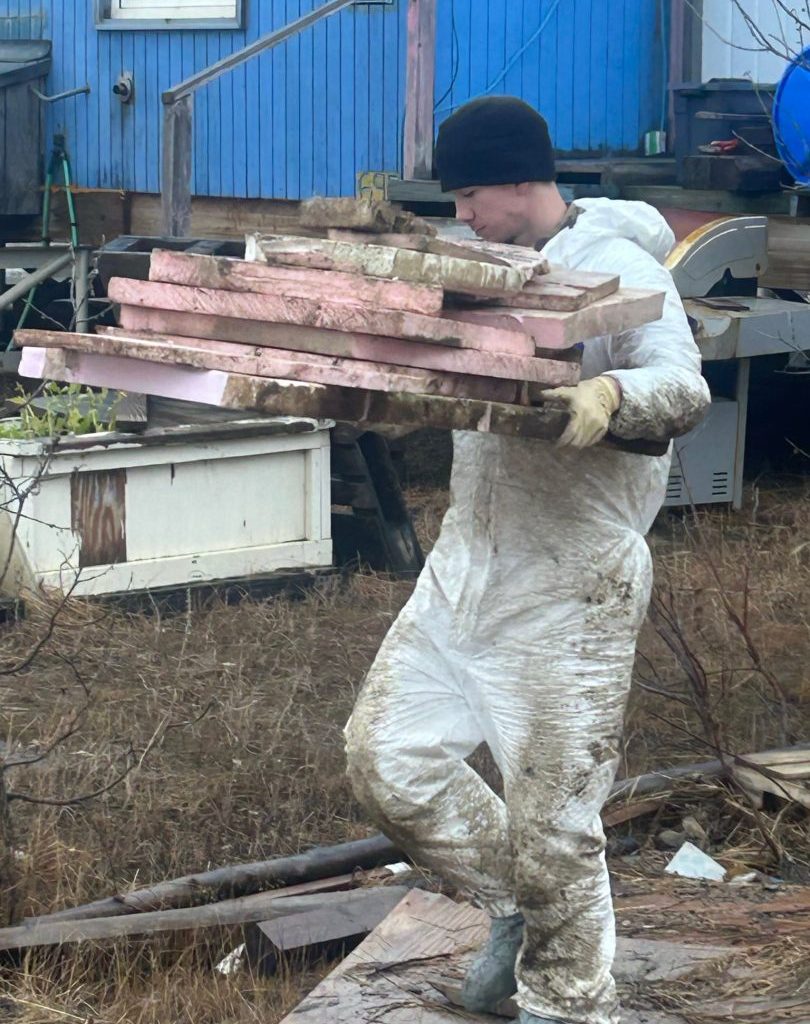
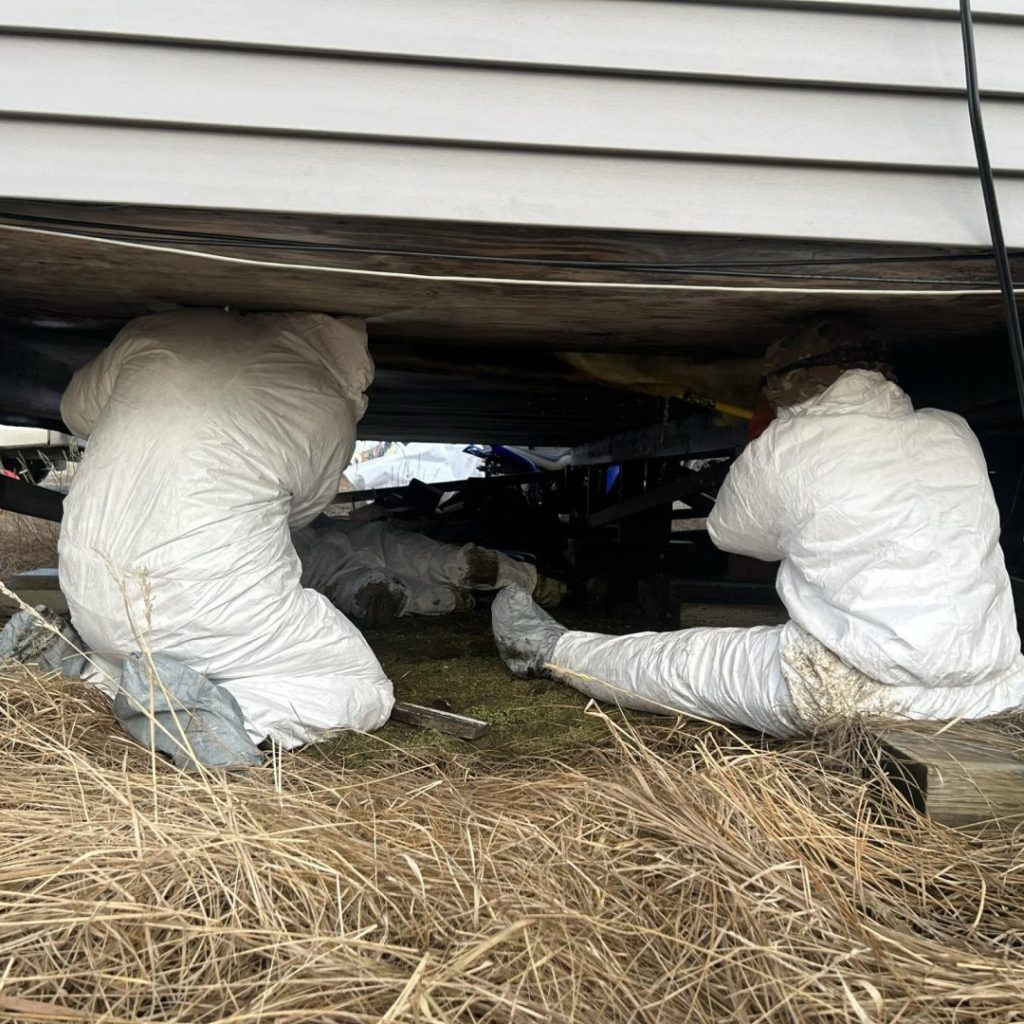
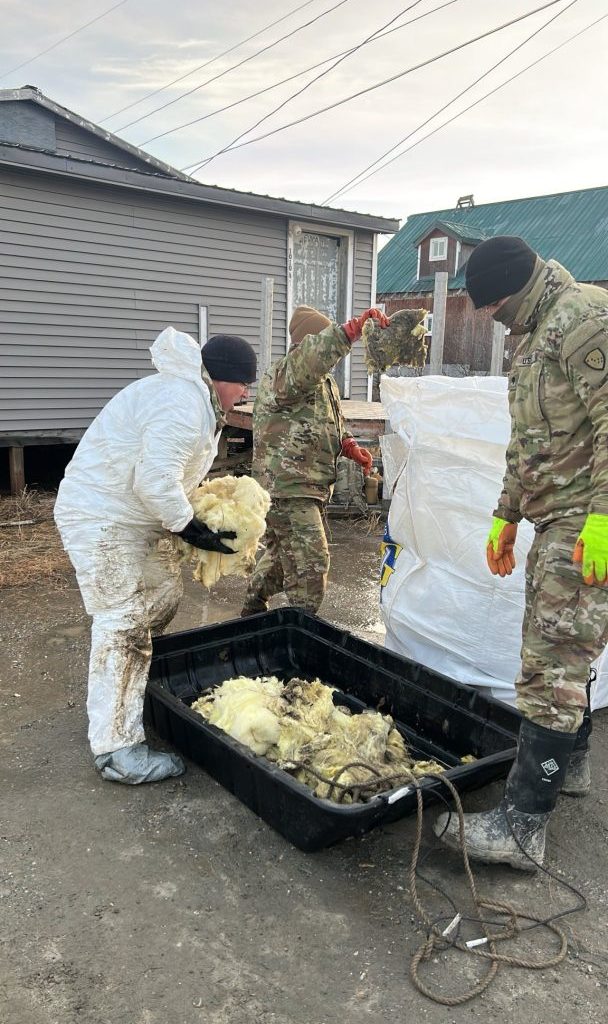
| We are Alaskans, serving Alaskans |
The devastation of Typhoon Halong in Western Alaska continues to affect our communities with rising waters, power outages, and damaged homes. Through it all, we stand shoulder to shoulder with our neighbors, evacuating those displaced, flying supplies, and lending a helping hand wherever it’s needed most.
Each photo tells a story of resilience, service, and the deep bond that ties Alaskans together. From navigating stormy skies to unloading vital supplies, this is what it means to serve our state and our people.
We’re in this, together.
(Alaska National Guard photos by Staff Sgt. Joseph Moon, Task Force Bethel)
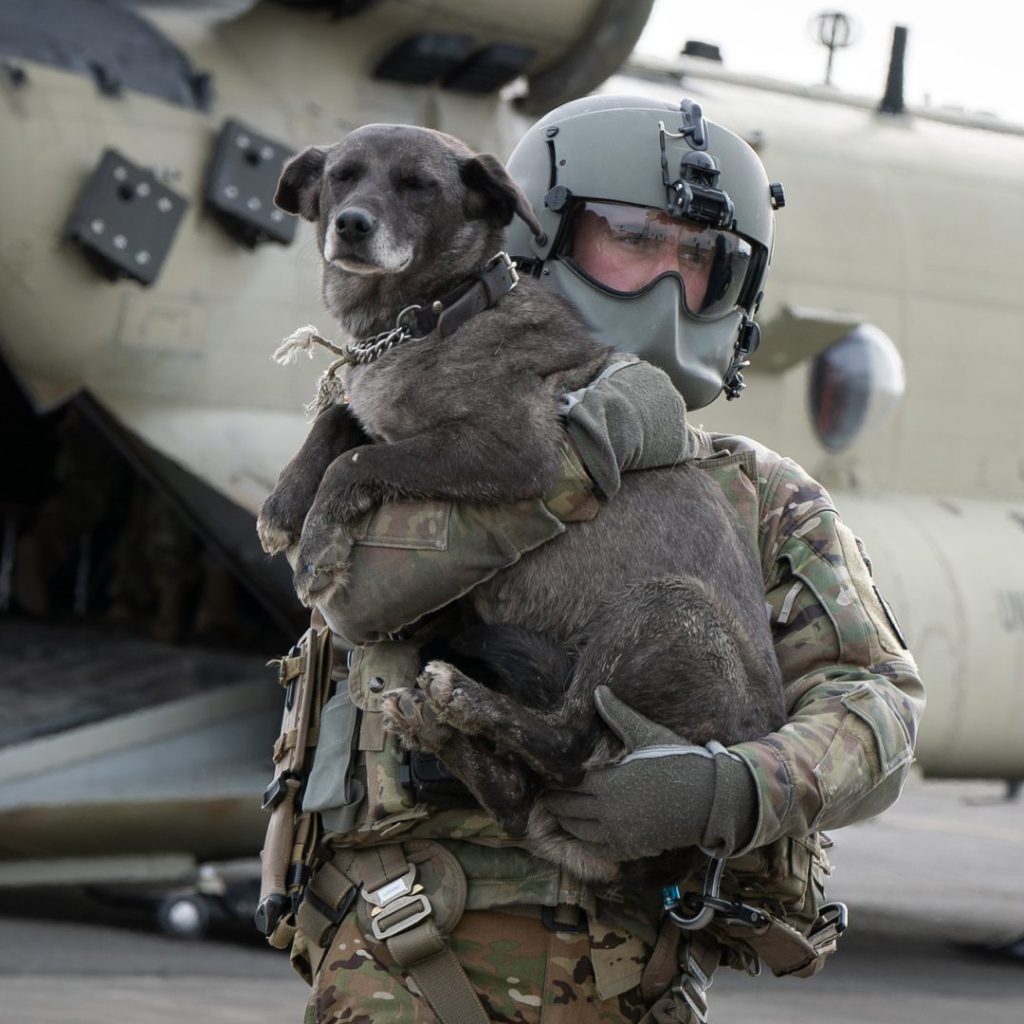
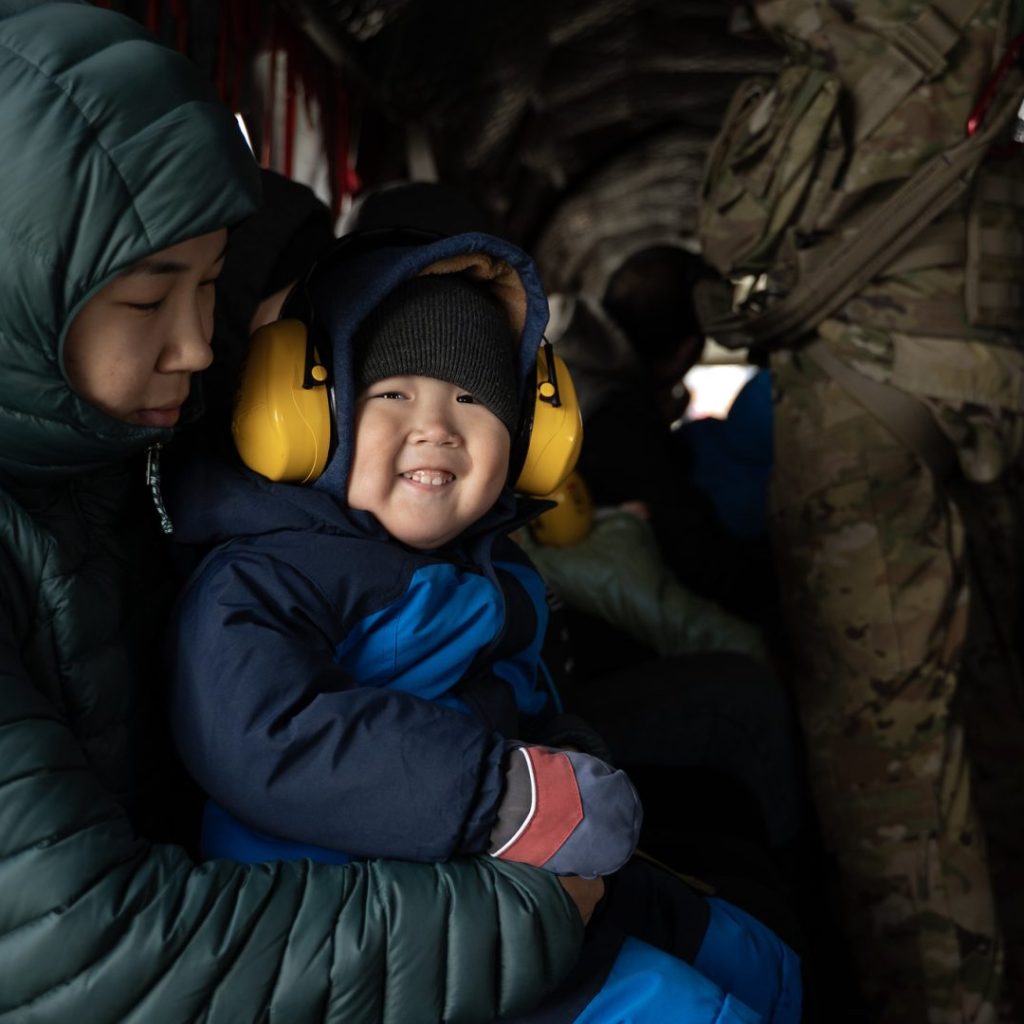
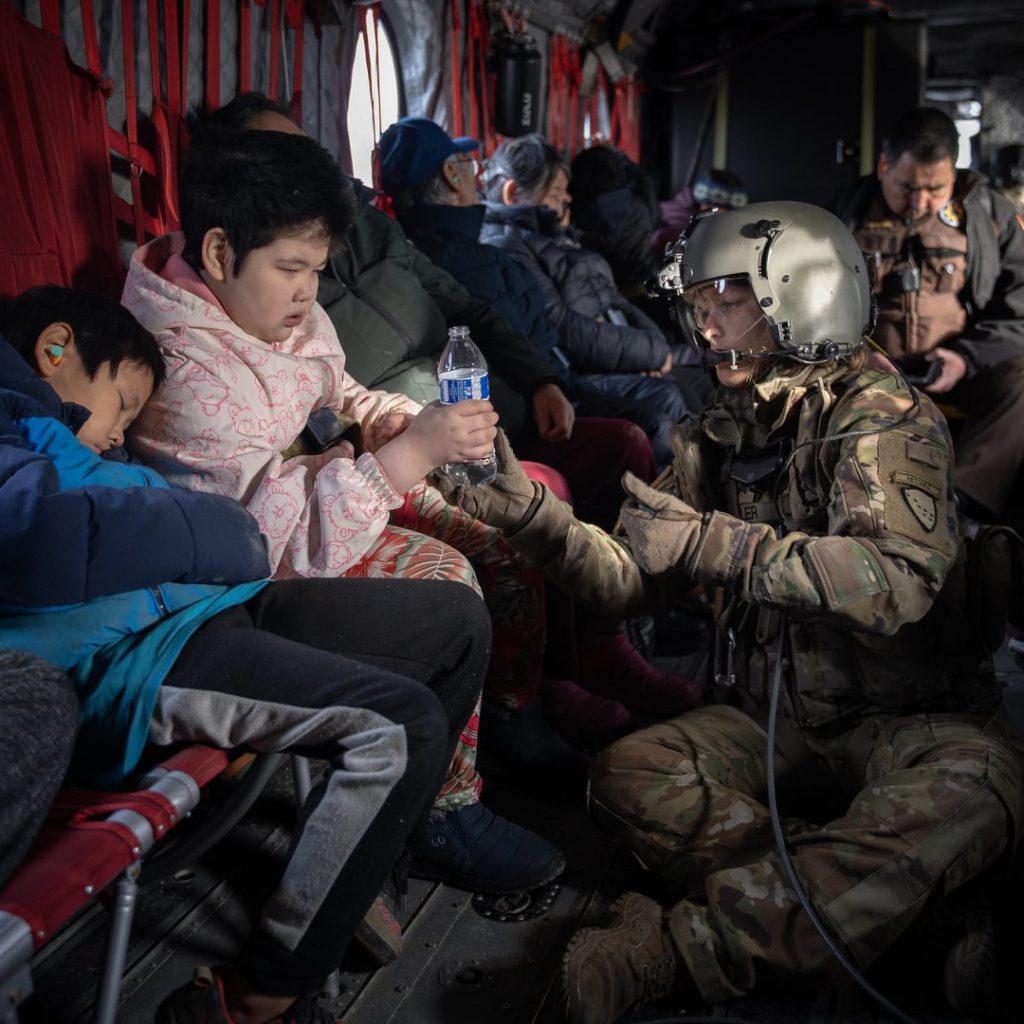
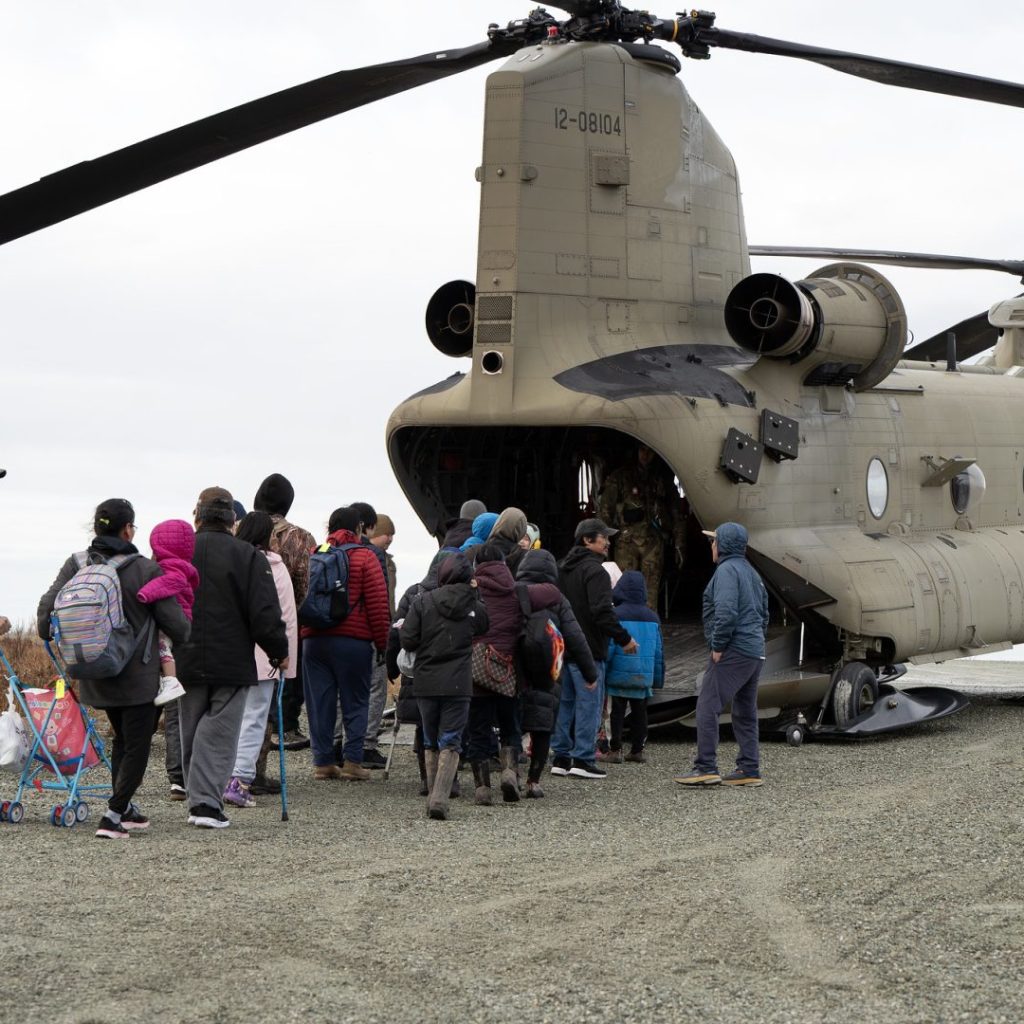
Sources: Alaska National Guard – Alaska Air National Guard – Alaska National Guard – Alaska Public Media – Alaskas News Source – Alaska Beacon

